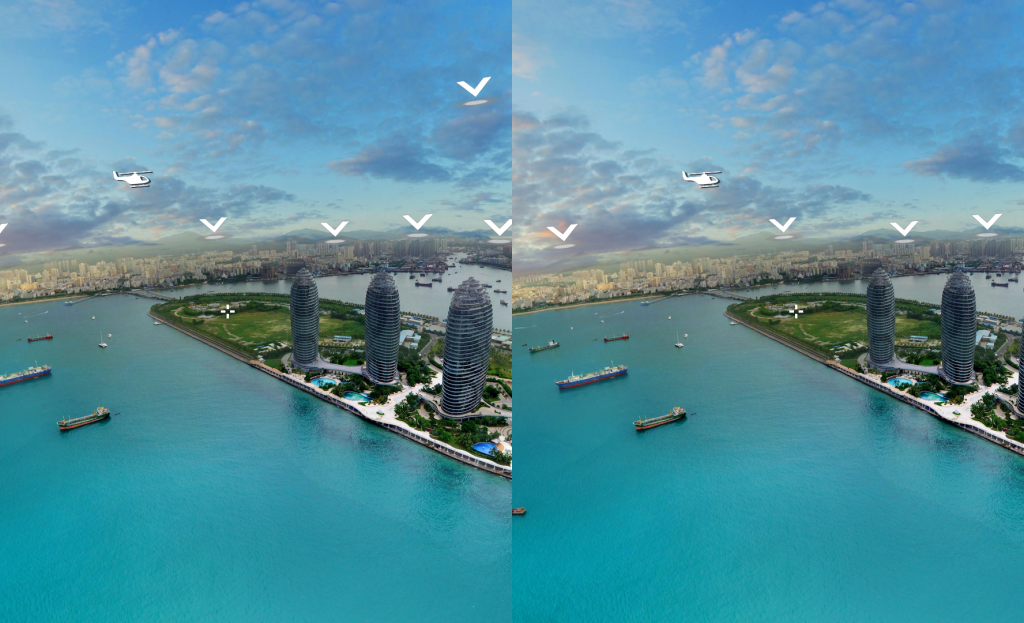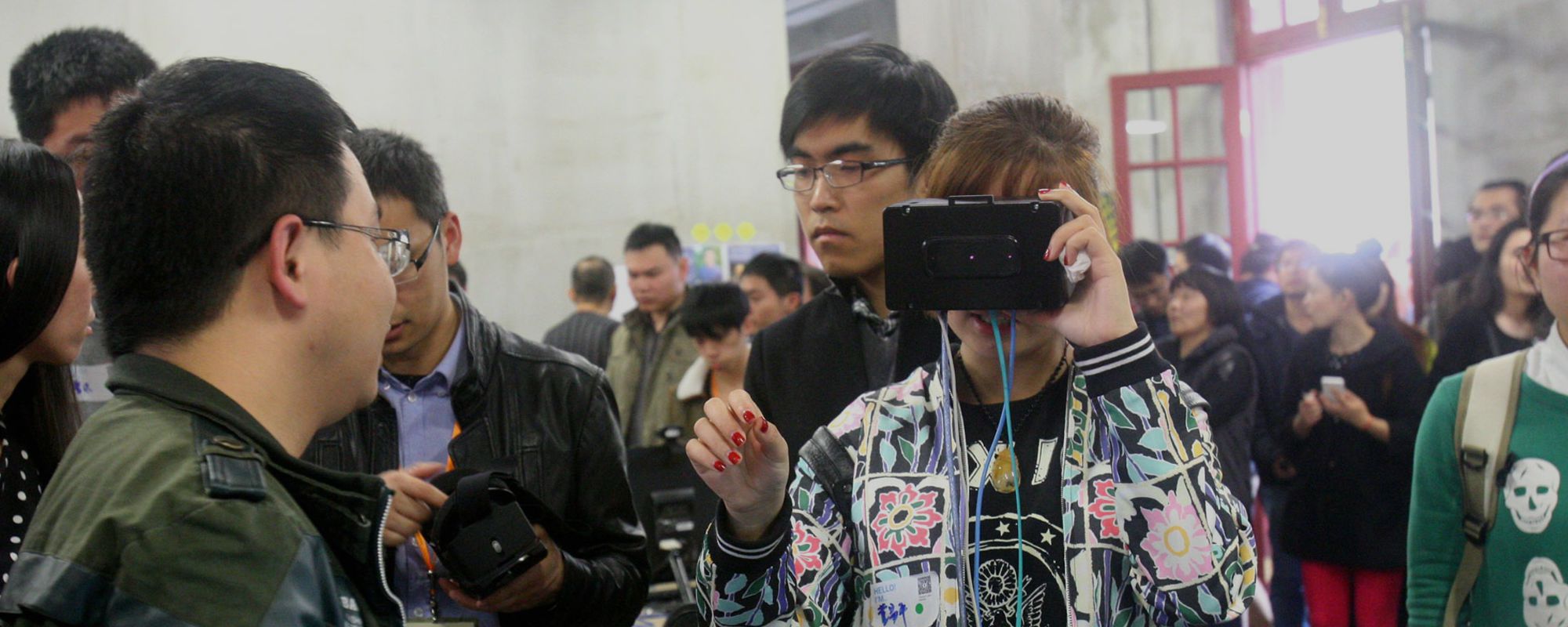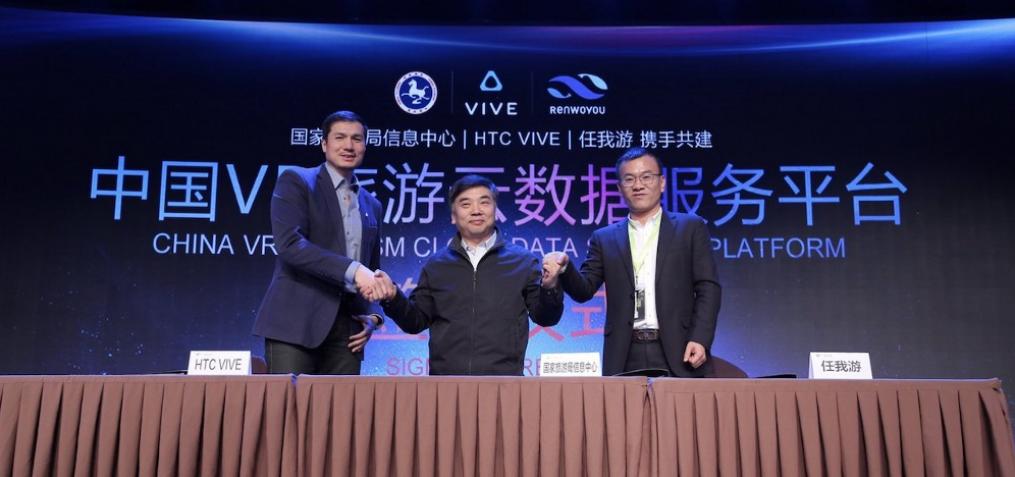Influence of Virtual Reality in China
According to Canalys (technology-market analysis company), China accounts for 40% of VR-headset related purchases in 2016 making it the leading market for Virtual Reality technologies.
- During the 2016 Singles’ Day (a festival when young Chinese celebrate being unmarried), Alibaba sold 150,000 pairs of cardboard VR goggles — cheap and simple wearable contraptions.
- In contrast, the VR market in the United States remains dominated by higher-cost alternatives from Sony and Facebook.
How has VR has affected the tourism and travel industry?
The low cost of entry and relative success of simple mobile VR solutions in China has made it an interesting frontier for destination marketers. VR marketing is proving a promising way to reach China’s young and affluent travelers with a limited budget as compared to traditional marketing.
- Chinese destinations have been some of the first to embrace VR as a marketing tool, betting on immersive VR experiences to excite prospective tourists about their destinations.
- Sanya, a popular domestic tourist destination for the Chinese, recently launched a WeChat based VR platform that allows users to explore local sights and scenery in 360 degrees by attaching a cheap VR headset to their smartphones.
- Many Chinese destinations are trying to stay in the forefront of marketing innovation to stand out in the highly competitive domestic tourism industry.

A look at international destinations and how they have responded
Though international destinations may be behind their domestic peers, there is no doubt that VR marketing is becoming an increasingly common sight at international travel trade fairs all around the world.
- In Los Angeles, FansTang, a Chinese company specialising in VR content targeted at Chinese millennials, realised the potential of Los Angeles-focused VR experiences even before the local tourism authorities did.
- To satisfy its users’ lust for VR content that depicts Los Angeles tourism attractions, the company has been recording 360-degree videos of various landmarks and attractions without any guidance from the local tourism board.
On the other side of the Atlantic, Tourism Ireland has teamed up with China Youth Travel Service to serve Chinese consumers with 360-degree footage of the Wild Atlantic Way, a tourism trail on the west coast of Ireland, hoping to encourage Chinese millennials to experience the scenery by themselves.
Chinese Government launches a VR Tourism Cloud Data Service Platform?
The mainland Chinese government has teamed up with HTC to launch the China VR Tourism Cloud Data Service Platform, which will be rolled out in tens of thousands of stores nationwide to let prospective tourists explore different destinations in virtual reality.
- The system will be implemented at a majority of China’s offline travel agencies, with the potential of taking VR from a niche marketing tool for reaching tech-savvy consumers to a necessity for staying relevant in the Chinese tourism marketplace in the years to come.
- Though details about the platform are still scarce, some of China’s largest travel agencies have already been signed as partners, including travel agencies primarily serving international destinations.
If you enjoyed reading this and would like to read more Marketing related content, feel free to take a look at our Chinese Marketing Case Studies Library!








